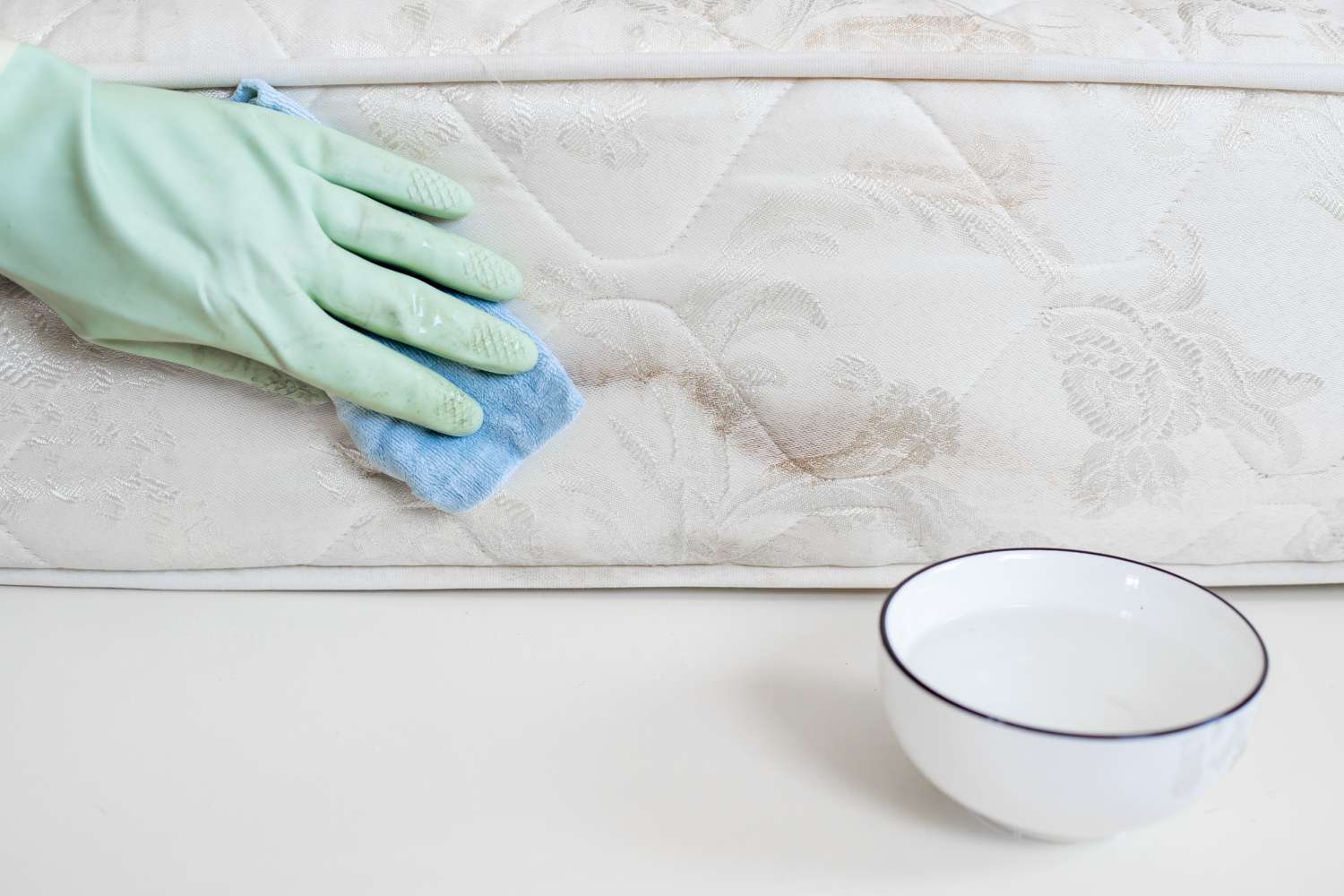

Articles
How To Remove Mold From Furniture Fabric
Modified: August 28, 2024
Looking to remove mold from your furniture fabric? Our expert guide provides easy-to-follow steps using common household items. Say goodbye to mold and keep your furniture fresh.
(Many of the links in this article redirect to a specific reviewed product. Your purchase of these products through affiliate links helps to generate commission for Storables.com, at no extra cost. Learn more)
Introduction
When it comes to furniture, there’s nothing quite as frustrating as discovering mold on your beloved fabric pieces. Not only can mold make your furniture look unsightly, but it can also pose a threat to the health of you and your family. Mold thrives in damp and humid environments, making furniture fabric susceptible to its growth, especially in regions with high moisture levels.
But fret not! With a few simple steps, you can effectively remove mold from your furniture fabric and restore it to its former glory. In this article, we will guide you through the process of safely and efficiently eliminating mold from your furniture fabric.
Before we dive into the step-by-step process, it’s essential to remember that prevention is key when it comes to mold growth. Regularly cleaning and maintaining your furniture, ensuring proper ventilation, and keeping moisture levels under control can go a long way in preventing mold from appearing in the first place. However, if you do find yourself faced with mold on your furniture fabric, be prepared to act quickly and follow these instructions meticulously for the best results.
So, without further ado, let’s get started on removing mold from your furniture fabric!
Key Takeaways:
- Safely and effectively remove mold from furniture fabric by assessing, protecting, cleaning, and preventing. Follow the step-by-step guide to restore your furniture to its pristine, mold-free condition.
- Implement preventive measures to minimize future mold growth on furniture fabric, including maintaining optimal humidity levels, ensuring proper ventilation, and using mold-resistant treatments. Keep your furniture clean and mold-free for years to come.
Read more: How To Remove Mold From Pillows
Step 1: Assess the extent of mold growth on the furniture fabric
The first step in effectively removing mold from furniture fabric is to assess the extent of its growth. Carefully examine your furniture, paying close attention to areas that are prone to moisture or have been exposed to high humidity. Look for visible signs of mold, such as black or green patches, musty odors, or any discoloration on the fabric.
It’s important to note that mold can spread beyond what meets the eye. Even if you only see mold growth on a small section of the fabric, there may be underlying mold spores that have spread throughout the furniture. To assess the extent of the mold growth, gently press your hand against the fabric in different areas to feel for any dampness or softness.
If you notice significant mold growth or if the fabric feels excessively damp, it’s advisable to consult with a professional mold removal service to ensure thorough and safe removal of the mold. They have the tools and expertise to handle severe cases of mold infestation.
However, if the mold growth is minimal and the fabric appears to be in good condition, you can proceed with the removal process on your own. Just remember to take precautionary measures to protect yourself during the cleaning process.
Now that you have assessed the extent of the mold growth on your furniture fabric, it’s time to move on to the next step: protecting yourself.
Step 2: Protect yourself
Before you begin the process of removing mold from your furniture fabric, it’s crucial to take the necessary precautions to protect yourself. Mold can release spores into the air, which can be harmful if inhaled or come into contact with your skin.
To safeguard yourself during the mold removal process, make sure to wear protective gear, including a face mask, gloves, and goggles. The face mask should have a high filtration level to prevent inhalation of mold spores. Disposable gloves will protect your skin from direct contact with mold, and goggles will shield your eyes from any potential irritants.
In addition to protective gear, ensure that the area where you will be working is well-ventilated. Open windows and doors to allow fresh air to circulate and use fans or dehumidifiers to reduce humidity levels. This will help prevent the spread of mold spores throughout your home.
Keep in mind that certain individuals, such as those with respiratory conditions or compromised immune systems, may be more sensitive to mold exposure. If you or anyone in your household falls into this category, it’s advisable to seek professional assistance for mold removal to minimize potential health risks.
By taking the necessary precautions and protecting yourself, you can proceed with confidence to eradicate the mold from your furniture fabric. The next step involves removing any loose mold spores before tackling the cleaning process.
Step 3: Remove loose mold spores
Before you begin the actual cleaning process, it’s important to remove any loose mold spores from the furniture fabric. This will help prevent further spread of mold during the cleaning process and minimize the chances of reinfestation.
To remove loose mold spores, start by gently vacuuming the fabric using a vacuum cleaner equipped with a HEPA filter. The HEPA filter is designed to capture small particles, such as mold spores, ensuring they are not released back into the air. Pay close attention to all surfaces of the furniture, including crevices, corners, and seams.
After vacuuming, use a soft brush attachment to further agitate the fabric and dislodge any remaining loose mold spores. Be thorough but gentle to avoid damaging the fabric or causing the mold spores to become airborne.
Once you have completed the vacuuming and brushing process, dispose of the vacuum bag or empty the canister outside of your home to prevent any potential mold spores from reentering the indoor environment.
It’s worth noting that if the furniture fabric is heavily contaminated with mold or if the mold growth is extensive, it may be necessary to consider professional assistance for effective mold removal. Professionals have specialized equipment and expertise to handle severe cases and ensure thorough removal of mold spores.
Now that you have removed loose mold spores from the furniture fabric, it’s time to prepare a cleaning solution to tackle the mold-infested areas.
Step 4: Prepare a cleaning solution
Preparing a suitable cleaning solution is essential to effectively remove mold from your furniture fabric. The right cleaning solution will not only eliminate mold but also help prevent its regrowth.
There are various cleaning solutions you can use to tackle mold, but one effective and environmentally friendly option is a mixture of distilled white vinegar and water. Vinegar is a natural antimicrobial agent that can kill mold spores while also neutralizing odors.
To prepare the cleaning solution, combine equal parts of distilled white vinegar and water in a spray bottle or a bucket. You can adjust the ratio depending on the severity of the mold infestation. For more stubborn mold growth, you may choose to use a higher concentration of vinegar.
If you find the smell of vinegar unpleasant, you can add a few drops of essential oil, such as tea tree oil or lemon oil, to the mixture to mask the scent. However, be sure to choose essential oils that do not have any adverse effects on fabric or cause allergies.
Alternatively, you can also use a commercial mold removal product that is specifically formulated for fabric surfaces. Follow the instructions on the product label to mix the solution as directed.
Once you have prepared the cleaning solution, it’s time to perform a patch test on a small, inconspicuous area of the furniture fabric. This will help ensure that the solution does not cause any discoloration or damage to the fabric.
Now that you have your cleaning solution ready, let’s move on to the next step: testing it on a small area of the fabric.
Read more: How To Remove Molding From Floor
Step 5: Test the cleaning solution on a small, inconspicuous area
Before applying the cleaning solution to the entire mold-infested area, it’s essential to test it on a small, inconspicuous area of the furniture fabric. This step will help you determine whether the cleaning solution is safe to use and will not cause any damage or discoloration to the fabric.
To perform the patch test, choose a small area of the fabric that is typically hidden from view, such as the backside or underside of the furniture. Spray or apply a small amount of the cleaning solution to the test area and wait for a few minutes. Observe the fabric carefully for any adverse reactions, such as color fading, discoloration, or fabric deterioration.
If there are no negative effects and the fabric remains unaffected, you can proceed with confidence to the next step. However, if you notice any undesirable changes, such as discoloration or damage, it’s best to refrain from using the cleaning solution on the entire fabric and consider alternative options or seek professional help.
It’s worth mentioning that different types of fabrics may react differently to cleaning solutions. Always refer to the furniture manufacturer’s guidelines or care instructions to ensure compatibility with the cleaning solution. If there are any doubts, consult a professional cleaner or mold remediation specialist for advice.
Once you have successfully performed the patch test and confirmed the safety of the cleaning solution, you can move on to applying it to the mold-infested areas of the furniture fabric. We will cover this in the following step.
Use a mixture of equal parts water and white vinegar to spray on the moldy area. Let it sit for an hour, then scrub with a brush and wipe clean. Repeat if necessary.
Step 6: Apply the cleaning solution to the mold-infested areas
Now that you have performed a patch test and confirmed the safety of the cleaning solution, it’s time to apply it to the mold-infested areas of the furniture fabric. This step will help eliminate the mold spores and restore the fabric to its clean and fresh state.
Start by spraying or applying the cleaning solution directly onto the mold-infested areas of the fabric. Use a spray bottle for an even and controlled application, or apply the solution with a clean cloth or sponge if you prefer a more targeted approach.
Ensure that the affected areas are thoroughly saturated with the cleaning solution, allowing it to penetrate into the fabric fibers and reach the mold spores. Pay close attention to any visible mold growth or areas where the fabric appears discolored or heavily affected by mold.
Depending on the severity of the mold infestation, you may need to let the cleaning solution sit on the fabric for a designated period. Follow the instructions provided by the manufacturer of the cleaning solution or refer to the recommended soaking time for vinegar-based solutions. This will allow the solution to effectively break down and kill the mold spores.
While the solution is working its magic, be sure to keep the surrounding area well-ventilated to prevent the buildup of fumes. You may also want to use a fan or open windows to aid in the drying process and help dissipate any residual odor.
After the designated period, it’s time to proceed to the next step: gently scrubbing the fabric to remove the mold and stains. We will cover this in detail in the following step.
Step 7: Scrub the fabric gently
After allowing the cleaning solution to sit on the mold-infested areas for the designated period, it’s time to gently scrub the fabric to remove the mold and any residual stains. This step will help lift the mold spores from the fabric and restore its cleanliness.
Start by using a soft-bristled brush or a clean sponge to scrub the fabric in circular motions. Be gentle yet thorough, focusing on the areas where the mold growth is prominent. Avoid applying excessive pressure or scrubbing too vigorously, as this can damage the fabric fibers.
Continue scrubbing until you have covered all the mold-infested areas and until you no longer see visible signs of mold. Pay attention to any stubborn stains and work on them with a bit more pressure, if necessary. The goal is to break down and lift off the mold, as well as any residual discoloration.
If you encounter any resistance or if the mold stains persist, you may need to repeat the application of the cleaning solution and scrubbing process. Stubborn mold stains may require more effort and multiple attempts to completely remove.
As you scrub, periodically rinse the brush or sponge in clean water to remove any loosened mold and prevent cross-contamination. This will help ensure that you are removing the mold rather than redistributing it across the fabric.
Once you are satisfied with the scrubbing process and the fabric appears clean and free from mold, it’s time to move on to the next step: rinsing the fabric thoroughly to remove any residue from the cleaning solution. We will cover this process in detail in the following step.
Step 8: Rinse the fabric thoroughly
After scrubbing the fabric to remove the mold and stains, it’s important to rinse the fabric thoroughly to remove any residue from the cleaning solution. Rinsing will help ensure that no traces of the cleaning solution remain on the fabric, avoiding any potential damage or discoloration.
Start by using a clean cloth or sponge dampened with clean water to gently blot and rinse the mold-infested areas of the fabric. Avoid saturating the fabric with excessive water, as this can lead to prolonged drying times and potential issues like water damage or mildew growth.
Continue rinsing until you no longer see any soapy or foamy residue, indicating that the cleaning solution has been completely rinsed off. If necessary, you can change the rinse water multiple times during the process to ensure thorough cleansing.
As you rinse, take care to avoid scrubbing or rubbing the fabric vigorously, as this can cause unnecessary wear and tear. Instead, focus on gently blotting and dabbing the fabric to remove the cleaning solution and any remaining mold particles.
Once you have rinsed the fabric, it’s important to ensure that it is properly dried to prevent the growth of mold or mildew. This leads us to the next step: allowing the furniture to dry completely.
Note: In some cases, depending on the fabric type and the severity of the mold infestation, it may be necessary to seek professional assistance for effective rinsing and drying processes. They have the equipment and expertise to handle delicate fabrics and ensure thorough removal of any cleaning solution residue.
Read more: How To Remove Mold From Attic
Step 9: Allow the furniture to dry
After thoroughly rinsing the fabric, it’s crucial to allow the furniture to dry completely. Proper drying is essential to prevent the growth of mold or mildew and ensure the longevity of the fabric.
Start by gently removing any excess water from the fabric using a clean absorbent cloth or towel. Gently blot the fabric to absorb as much moisture as possible, being careful not to rub or wring the fabric, as this can distort its shape or damage the fibers.
Next, position the furniture in a well-ventilated area with good air circulation, ideally near an open window or under a fan. This will help expedite the drying process by allowing moisture to evaporate more quickly.
Avoid placing the furniture in direct sunlight, as prolonged exposure to sunlight can fade or discolor the fabric. Instead, choose a location where it can dry naturally but away from direct heat sources.
Depending on the fabric type and the humidity levels in your environment, the drying process may take anywhere from a few hours to a couple of days. Be patient and allow the fabric ample time to dry completely before using or covering the furniture.
During the drying period, periodically check the fabric for any signs of remaining moisture or dampness. If you notice any lingering moisture, use a dry cloth or towel to gently blot the area and encourage further drying.
Once the furniture fabric is completely dry, it’s time to move to the final step: implementing preventive measures to minimize future mold growth on furniture fabric.
Note: If you are dealing with a large piece of furniture or if the fabric is heavily saturated, you may consider using a dehumidifier or professional drying equipment to expedite the drying process. Consult with a professional if needed.
Step 10: Prevent future mold growth on furniture fabric
Now that you have successfully removed mold from your furniture fabric, it’s crucial to implement preventive measures to minimize the chances of future mold growth. By taking proactive steps, you can ensure that your furniture remains mold-free for the long term.
Here are some effective strategies to prevent future mold growth on furniture fabric:
- Maintain optimal humidity levels: Keep the humidity level in your home between 30% to 50%. Use dehumidifiers, air conditioners, or fans to control humidity and reduce excess moisture in the air.
- Ensure proper ventilation: Good airflow helps prevent the buildup of moisture. Open windows, use exhaust fans in bathrooms and kitchens, and avoid blocking air vents near furniture.
- Avoid over-watering indoor plants: Excessive watering can lead to moisture accumulation, creating a favorable environment for mold growth. Be mindful of watering your plants and ensure proper drainage.
- Address water leaks promptly: Any water leaks or plumbing issues should be repaired immediately. Even small leaks can contribute to moisture buildup and mold growth.
- Clean and maintain your furniture regularly: Regularly vacuum and clean your furniture to remove dust, dirt, and potential mold spores. Ensure that the fabric is dry before covering or storing the furniture.
- Avoid placing furniture in damp areas: Keep furniture away from areas prone to dampness, such as basements or areas with poor ventilation. Adequate airflow can help prevent the growth of mold.
- Use mold-resistant fabric or treatments: Consider using mold-resistant fabric or applying mold-resistant treatments to your furniture. These products help inhibit mold growth and protect the fabric from future infestations.
- Monitor and address signs of mold promptly: Regularly inspect your furniture for any signs of mold, such as discoloration, musty odors, or damp spots. If you notice any suspicious growth, take immediate action to address it before it spreads.
By following these preventive measures, you can minimize the risk of future mold growth and maintain the cleanliness and longevity of your furniture fabric.
With these ten steps, you now have a comprehensive guide to successfully remove mold from furniture fabric and prevent its reinfestation. Remember to always prioritize safety, follow the recommended procedures, and seek professional assistance if necessary.
Now, armed with this knowledge, you’re ready to tackle any mold challenges that come your way and keep your furniture fabric fresh, clean, and mold-free.
Happy cleaning!
Conclusion
Removing mold from furniture fabric can be a daunting task, but with the right knowledge and steps, it is entirely possible to restore your beloved pieces to their former glory. Mold growth on furniture can not only be unsightly but also pose health risks to you and your family. Taking prompt action and following a systematic approach is key to effectively and safely eliminate mold while preventing its recurrence.
We started by assessing the extent of mold growth and taking precautions to protect ourselves during the removal process. Removing loose mold spores was the next step, followed by preparing a suitable cleaning solution. Performing a patch test on a small area of the fabric helped ensure the safety of the cleaning solution. Once confirmed, we applied the solution to the mold-infested areas, gently scrubbing the fabric to remove the mold and stains.
Thoroughly rinsing the fabric to remove any residue from the cleaning solution was crucial, followed by allowing the furniture to dry completely to prevent future mold growth. Finally, implementing preventive measures such as maintaining optimal humidity levels, ensuring proper ventilation, and regularly cleaning and maintaining the furniture fabric is essential to minimize future mold infestations.
By following these steps, you can not only effectively remove mold from furniture fabric but also create a mold-resistant environment to protect your furniture from future infestations.
Remember, if you are dealing with a severe mold infestation or have concerns about the safety of the cleaning process, it is always advisable to seek professional help. They have the expertise and specialized equipment to handle challenging situations and ensure proper mold removal.
With the knowledge gained from this guide, you are equipped to tackle mold on furniture fabric with confidence and maintain a clean and healthy living environment.
So go ahead, apply these steps, and restore your furniture fabric to its pristine condition. Your furniture will thank you, and you can enjoy clean and mold-free pieces for years to come.
Happy mold removal!
Frequently Asked Questions about How To Remove Mold From Furniture Fabric
Was this page helpful?
At Storables.com, we guarantee accurate and reliable information. Our content, validated by Expert Board Contributors, is crafted following stringent Editorial Policies. We're committed to providing you with well-researched, expert-backed insights for all your informational needs.
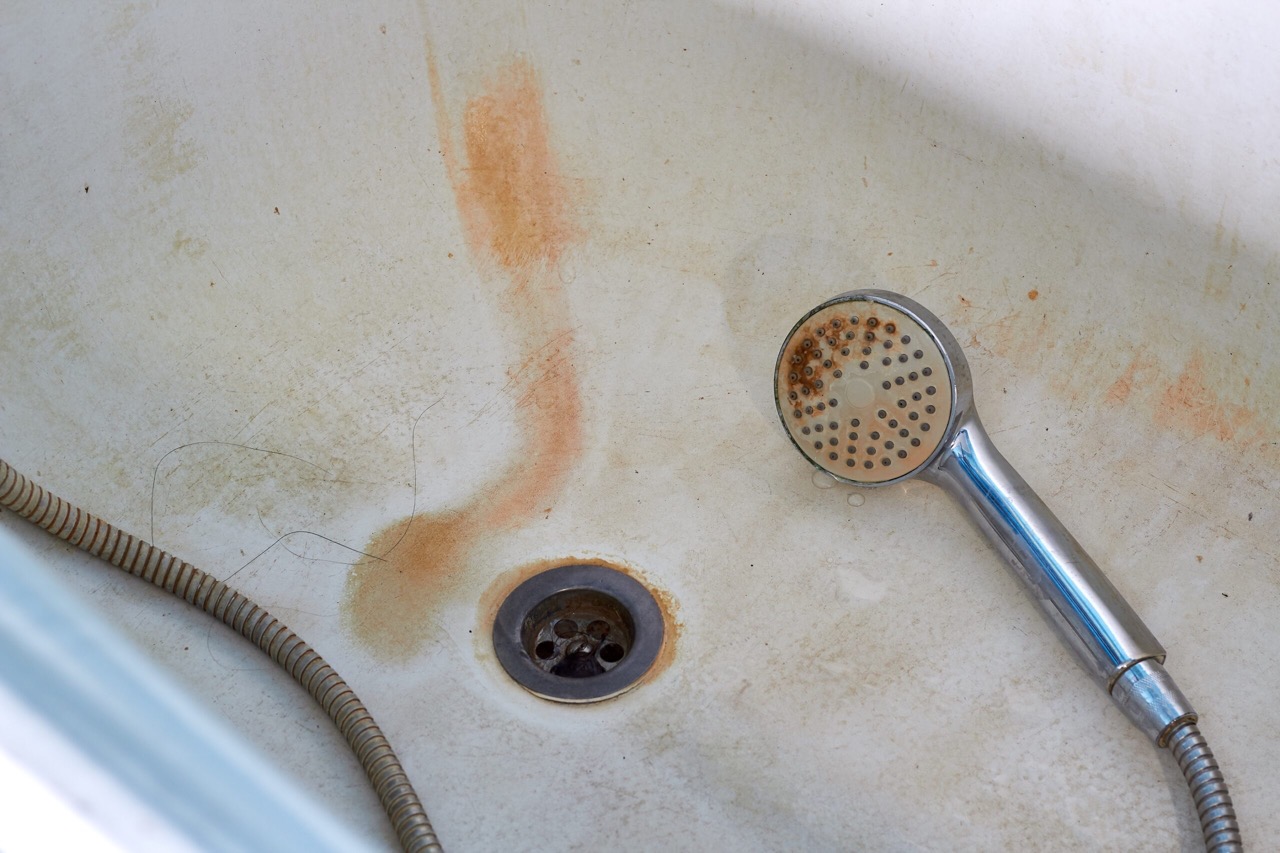
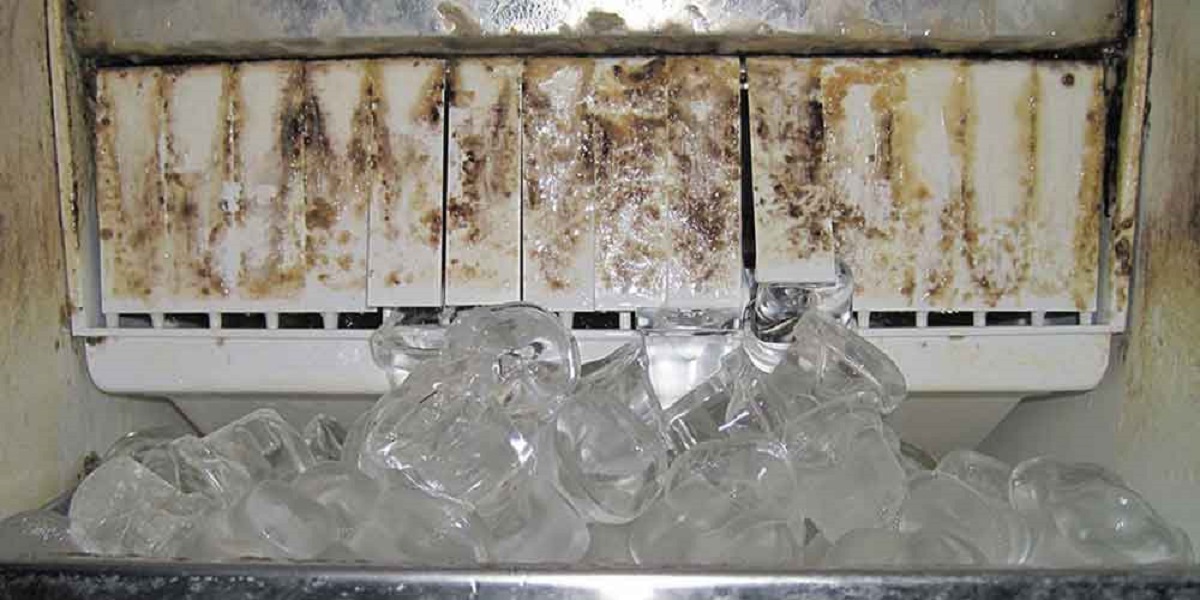
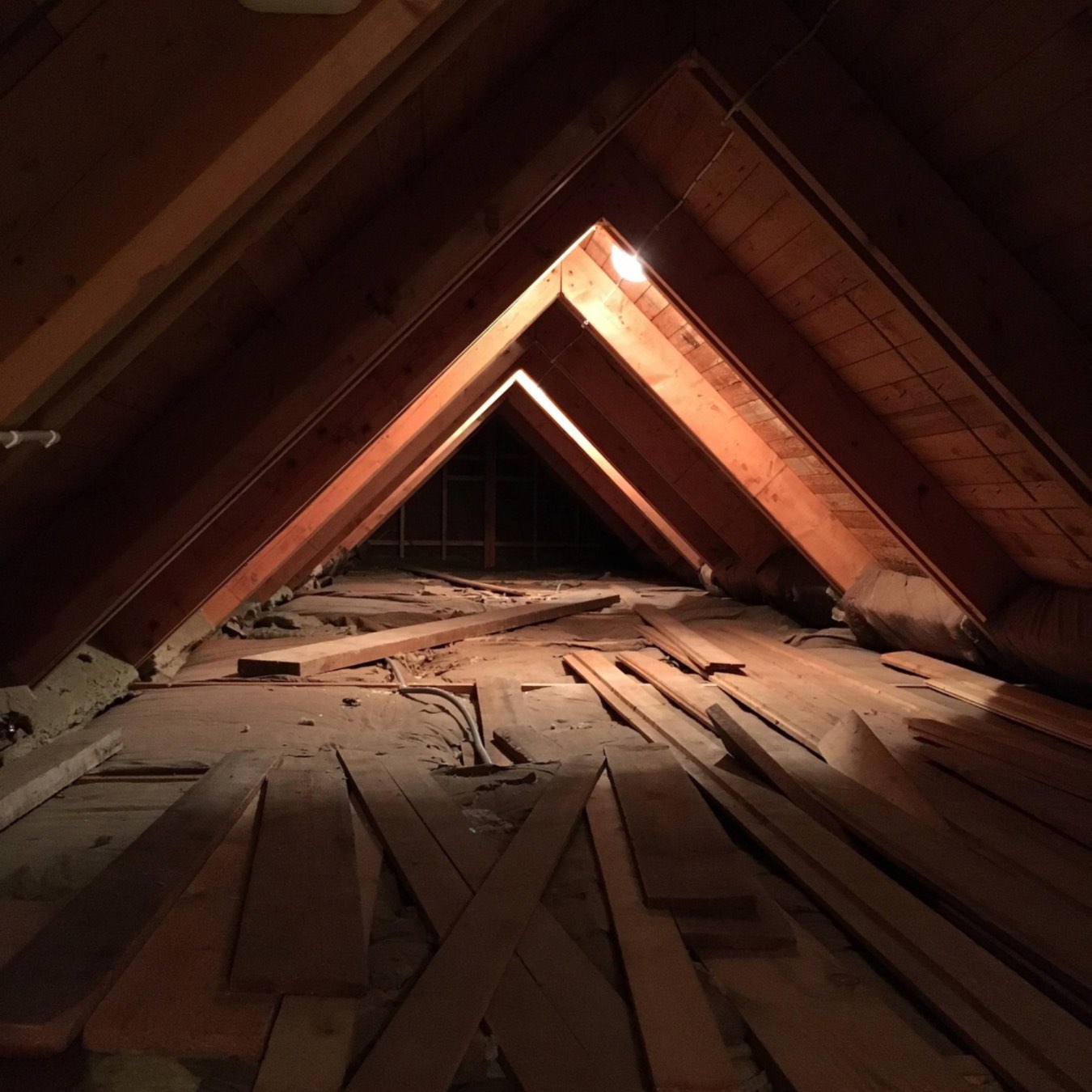
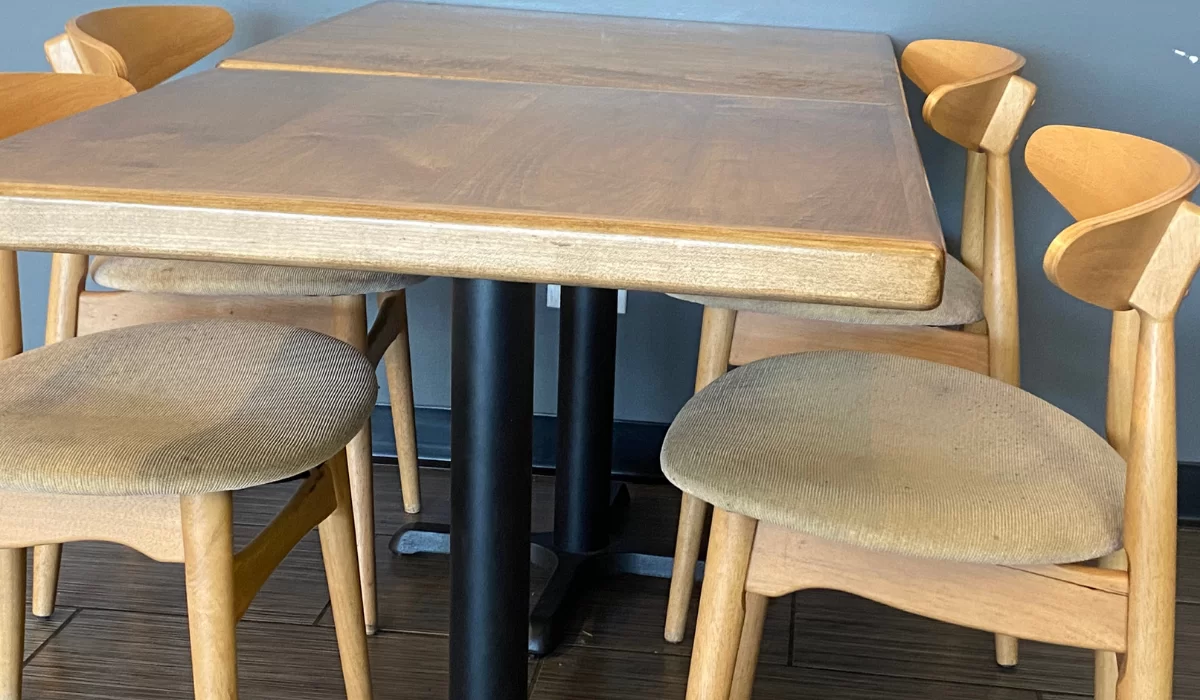

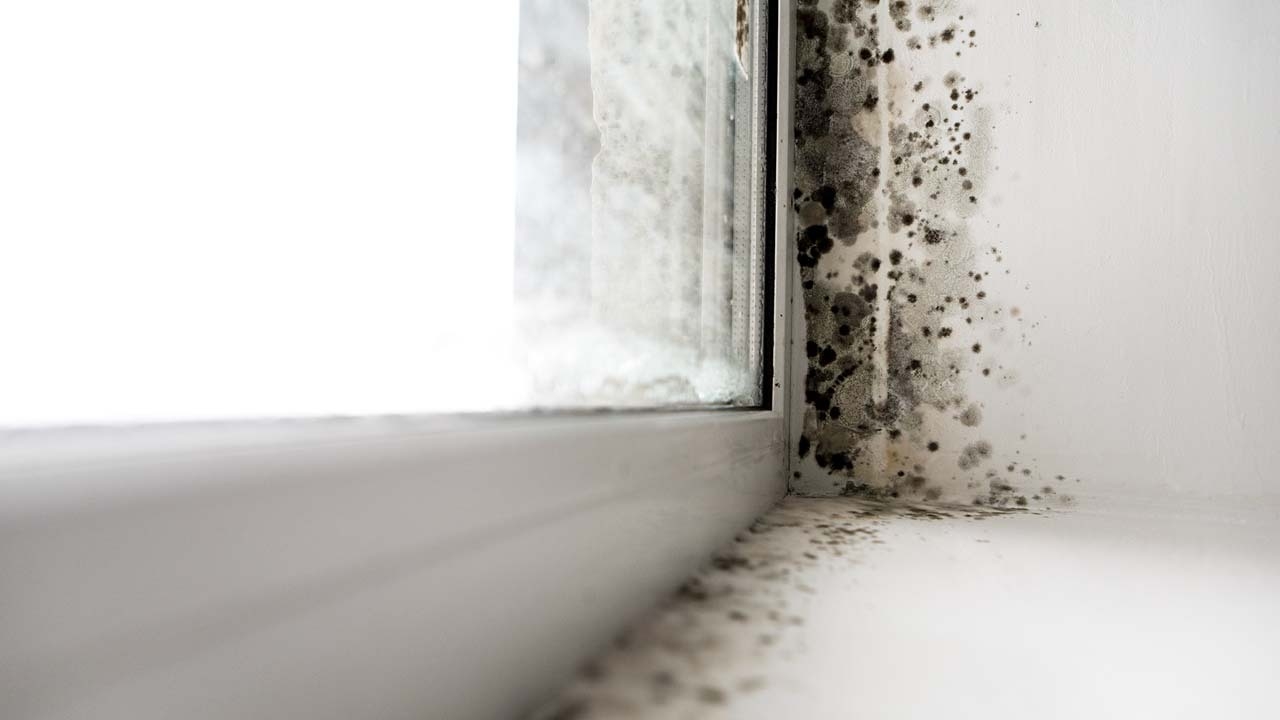
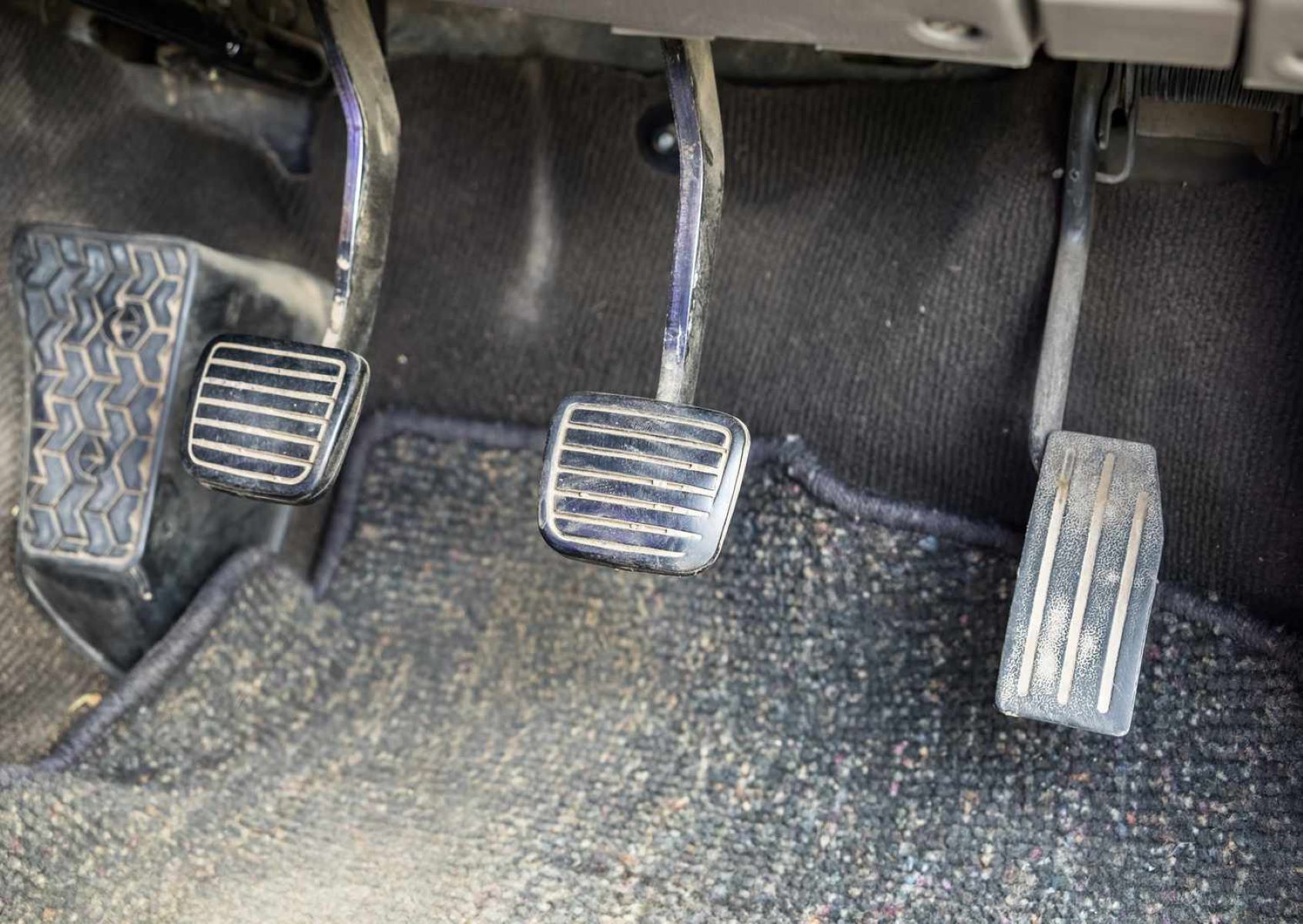
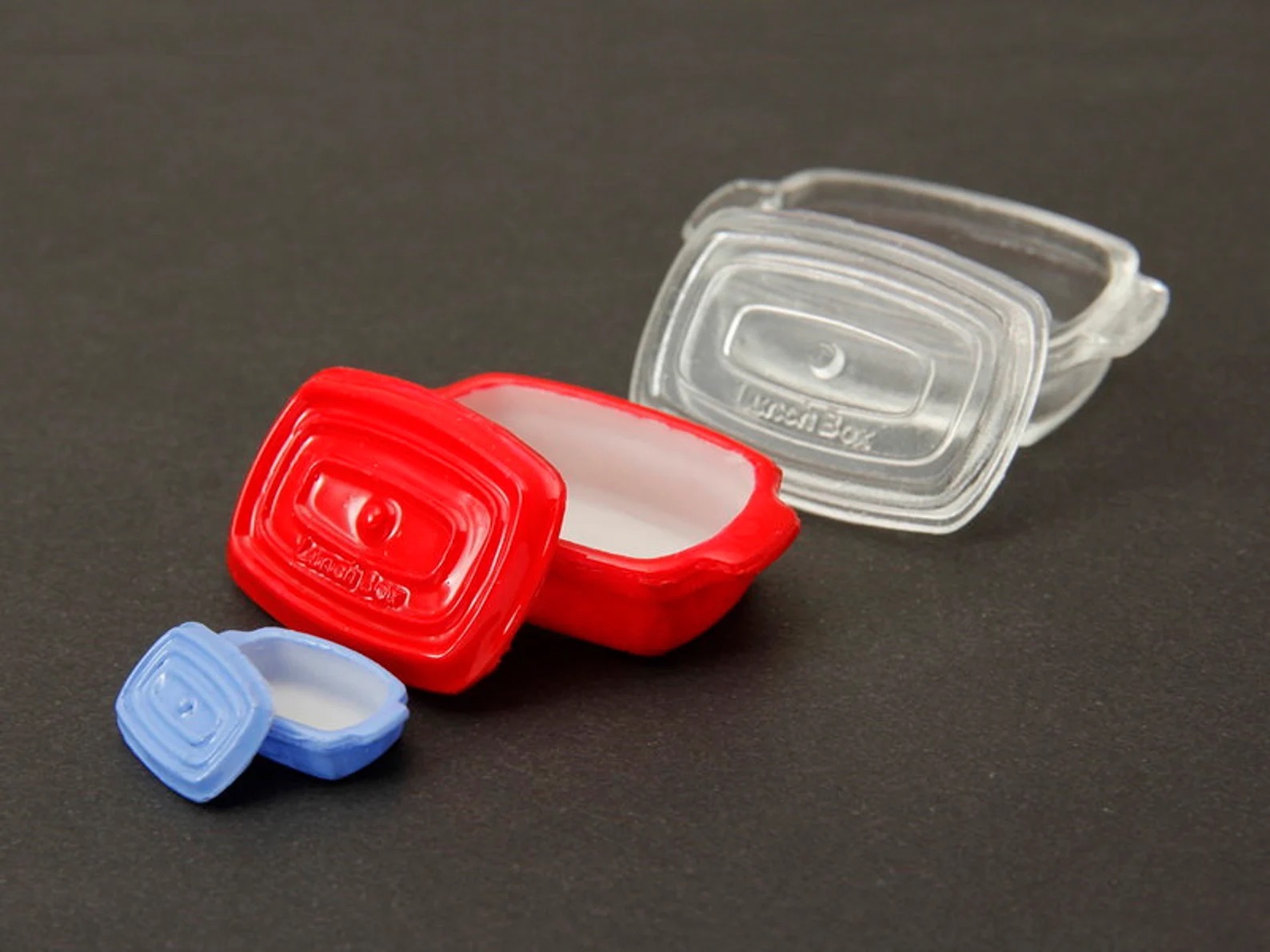
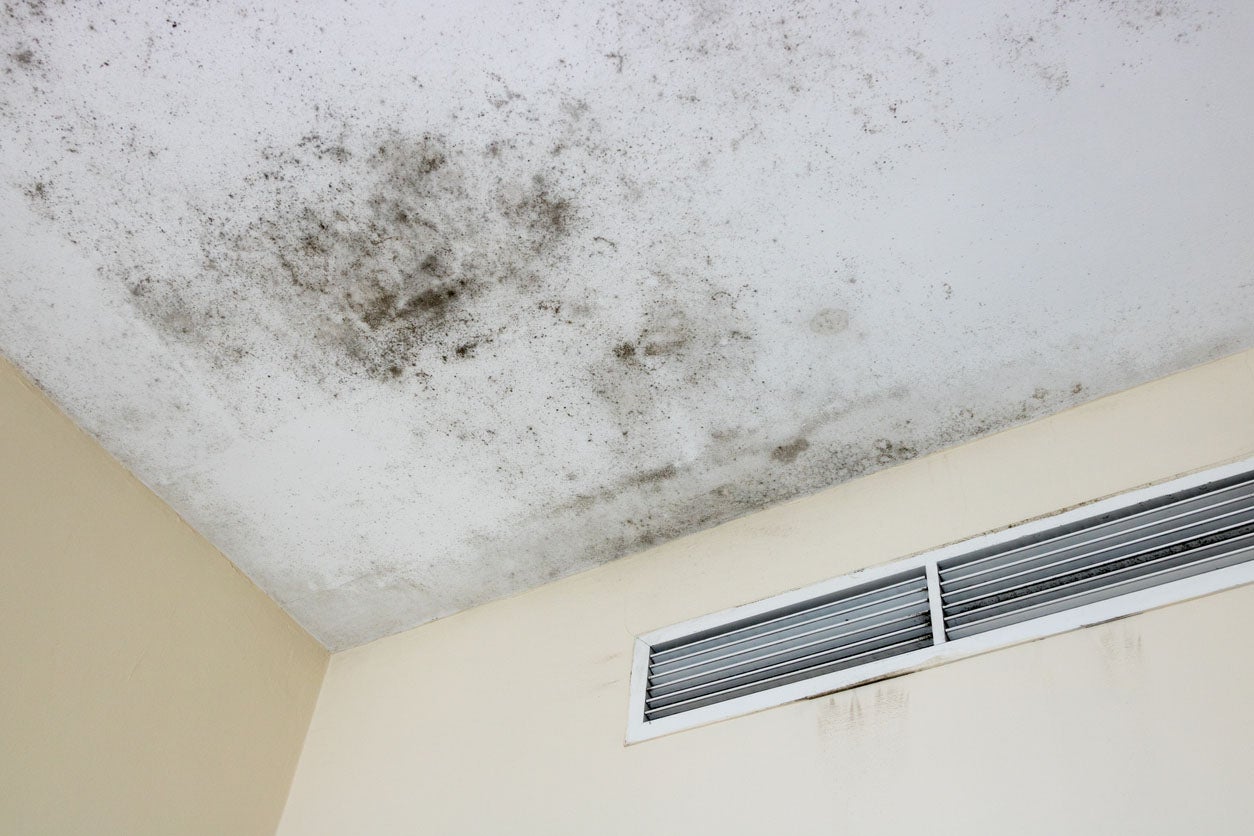
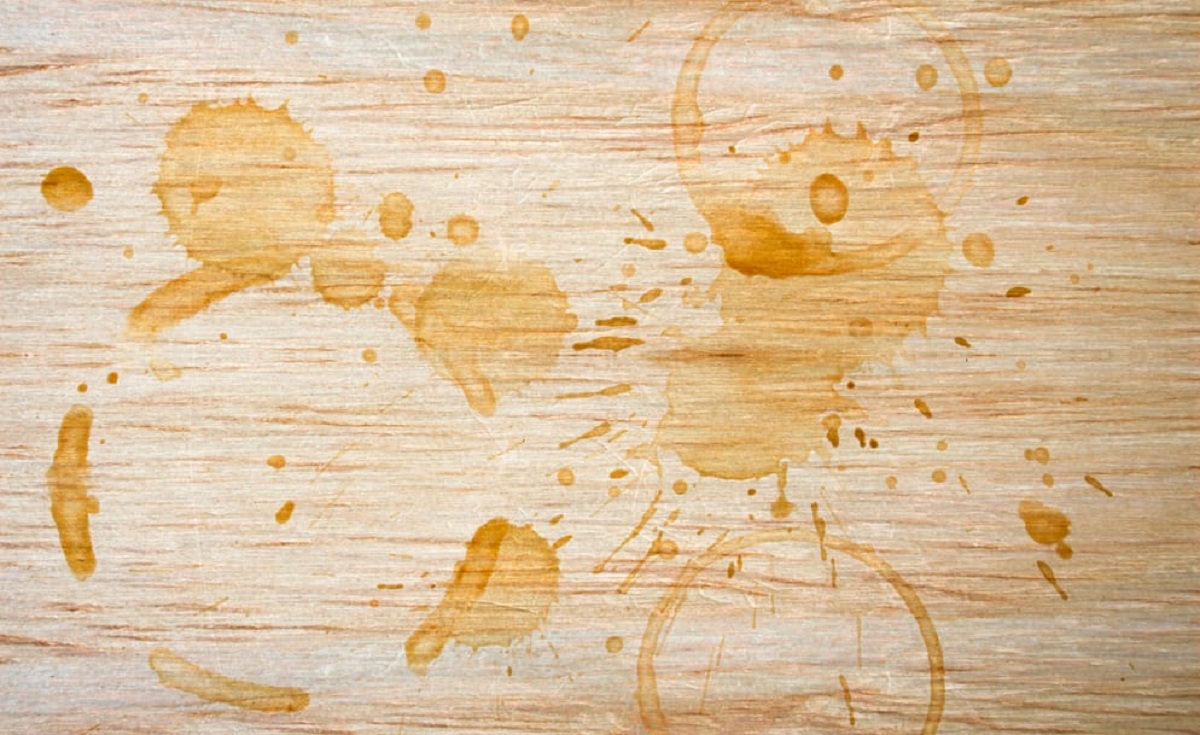
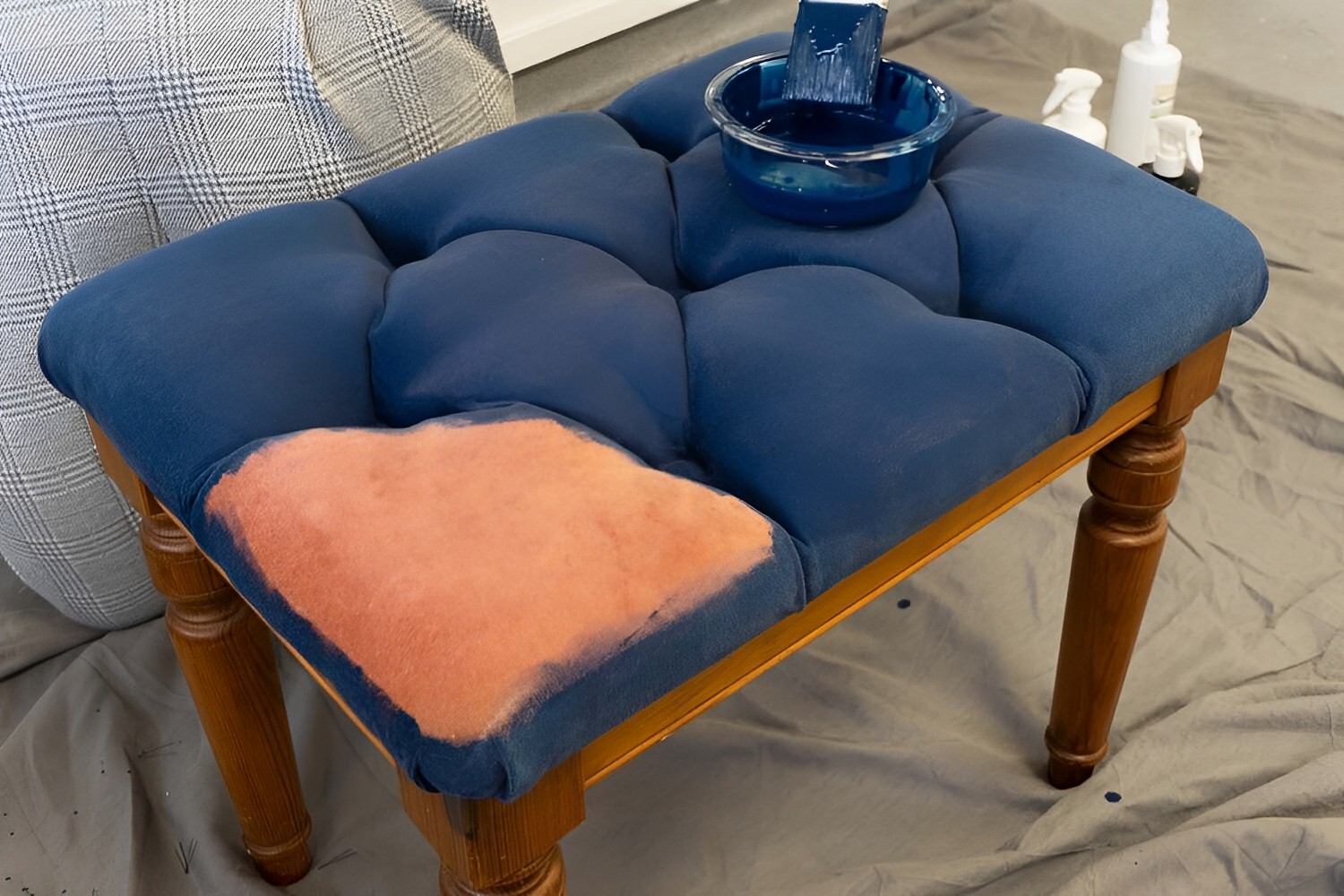
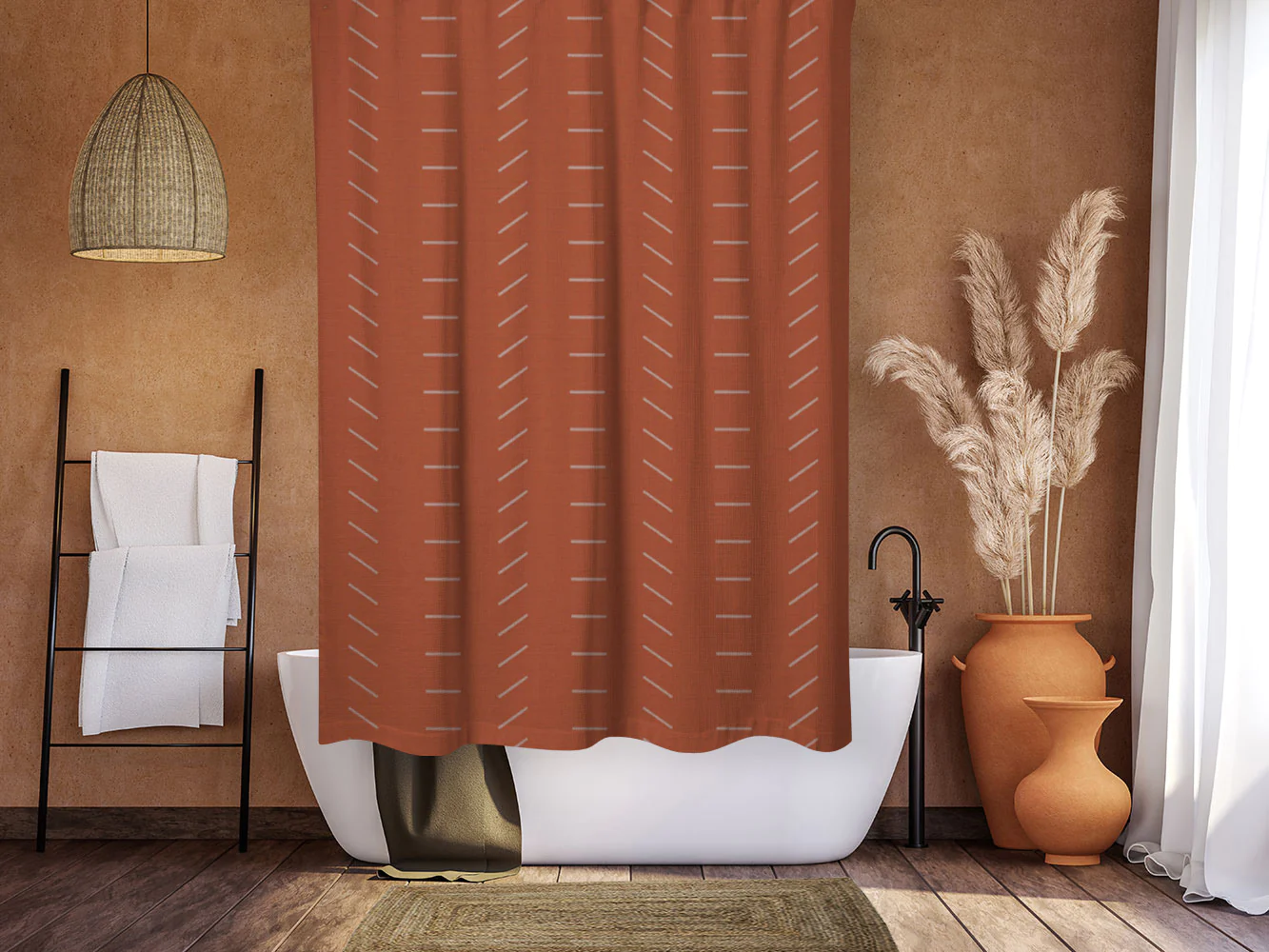
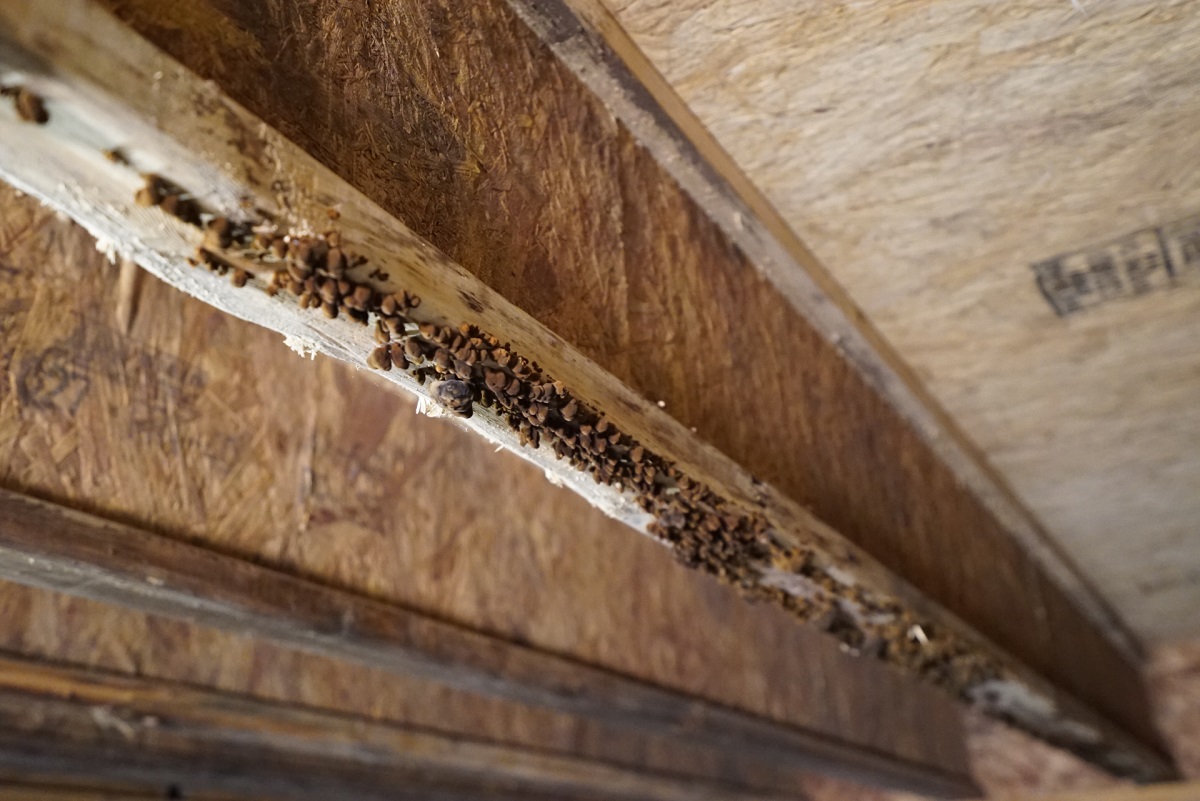

0 thoughts on “How To Remove Mold From Furniture Fabric”